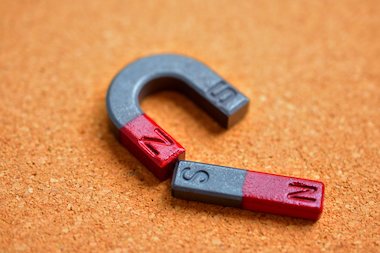Forces: topic summary
Add to My Folder
Our handy topic summaries can be used to support homework, as well as providing helpful collections of related resources for teachers to use in school or for parents to use for home learning.

Most forces are produced by contact, either pushing or pulling an object. The more force that is used, the greater the movement. Also, the bigger an object is, the greater the force needed to move it. Forces are measured in newtons, named after the famous scientist Sir Isaac Newton (1643-1727). Gravity is also an important force as it pulls objects down towards the Earth.
Friction is a type of force caused when surfaces move against each. Rougher surfaces cause greater friction. Some friction is useful, for example, a brake-block on a bicycle wheel. However, some friction can be a nuisance, for example, grazing an arm when falling on a hard surface. Air resistance is also a form of friction. It can cause problems when battling against a strong wind but is useful when it acts on a parachute to slow down a descent. Water resistance is also a form of friction, it is harder to swim faster in water than running on land. Air and water transport vehicles are streamlined to make them less resistant.
Published 30 July 2020
Reviews
You need to be signed in to place a review.